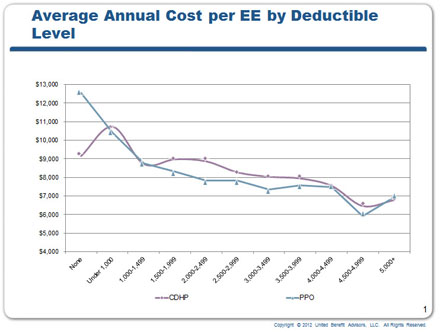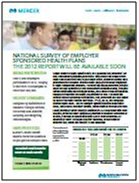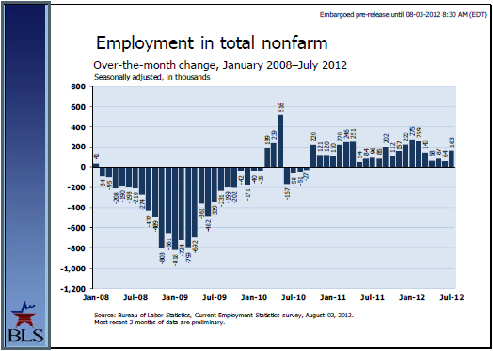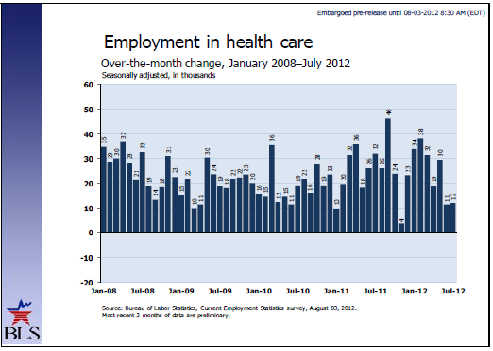The Alzheimer's Elephant
by Clive Riddle, March 22, 2013
There are so many large, aging elephants in the national room: Social Security, Medicare and Alzheimer's to name three leading the herd. They keep growing larger - we can see it happening in real time - and we've seen it coming for quite some time. Decades ago Ken Dychtwald coined the term Age Wave, referring to the massive shift and implications of the ballooning senior segment of our population.
Robert Egge, the Alzheimer's Association's VP of Public Policy has this to say about Alzheimer's: "Alzheimer's disease steals everything – steadily, relentlessly, inevitably. With baby boomers reaching the age of elevated risk, we do not have time to do what we have always done. The National Institutes of Health needs to reset its priorities and focus its resources on the crisis at our doorstep, and Congress must fully fund implementation of the National Alzheimer's Plan to solve the crisis."
The Alzheimer's Association this week released 2013 Alzheimer's Disease Facts & Figures, an annual report – this year spanning 71 pages – designed to serve as “a statistical resource for U.S. data related
to Alzheimer’s disease, the most common type of dementia, as well as other dementias.”
Here’s some ten key points to consider about the state of Alzheimer's one can glean from the report:
- Alzheimer's disease is the sixth leading cause of death in the United States and is the only leading cause of death without a way to prevent, cure or even slow its progression.
- 1 in 3 seniors dies with Alzheimer's or another dementia.
- Based on 2010 data, Alzheimer's was reported as the underlying cause of death for 83,494 individuals
- In 2013 an estimated 450,000 people in the United States will die with Alzheimer's.
- Among 70-years-olds with Alzheimer's disease, 61% are expected to die within a decade. Among 70-year-olds without Alzheimer's, only 30% will die within a decade.
- More than 5 million Americans are living with Alzheimer's disease.
- Without the development of medical breakthroughs that prevent, slow or stop the disease, by 2050, the number of people with Alzheimer's disease could reach 13.8 million.
- In 2012, there were more than 15 million caregivers who provided more than 17 billion hours of unpaid care valued at $216 billion.
- Due to the physical and emotional toll of caregiving, Alzheimer's and dementia caregivers had $9.1 billion in additional health care costs of their own in 2012.
- The total payments for health and long-term care services for people with Alzheimer's and other dementias will total $203 billion in 2013, the lion's share of which will be borne by Medicare and Medicaid with combined costs of $142 billion.

Here's a breakdown provided in the report of 2013 Health and Long-Term Care Services expenditures by source:
- Medicare: $107 billion (53%)
- Medicaid: $35 billion (17%)
- Out-of-Pocket Costs: $34 billion (17%)
- Other Sources - private insurance / uncompensated - $27 billion (13%)
- Total: $203 billion
We’ve all heard the trope “an elephant never forgets.” The irony is, we as a nation are conveniently forgetting the elephant in the room that that in the long term, will rob us of our capacity to remember.

 Share This Post
Share This Post 




